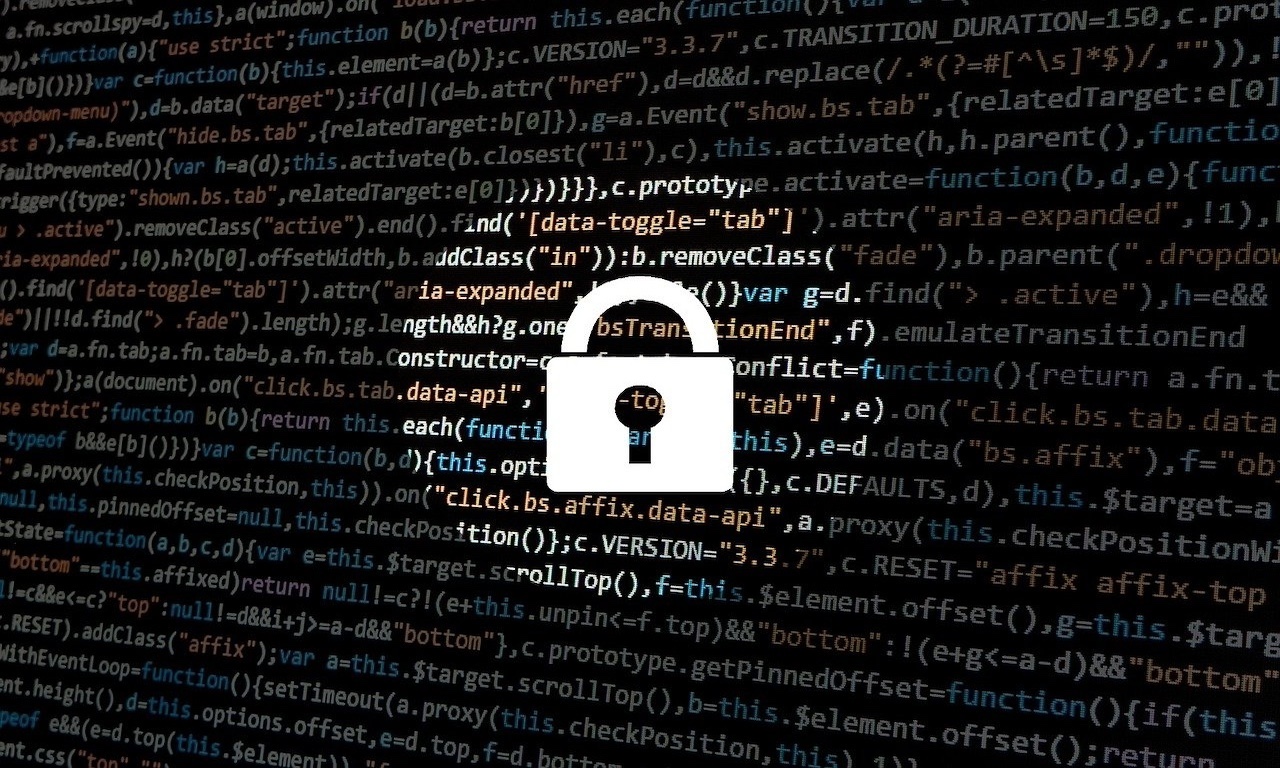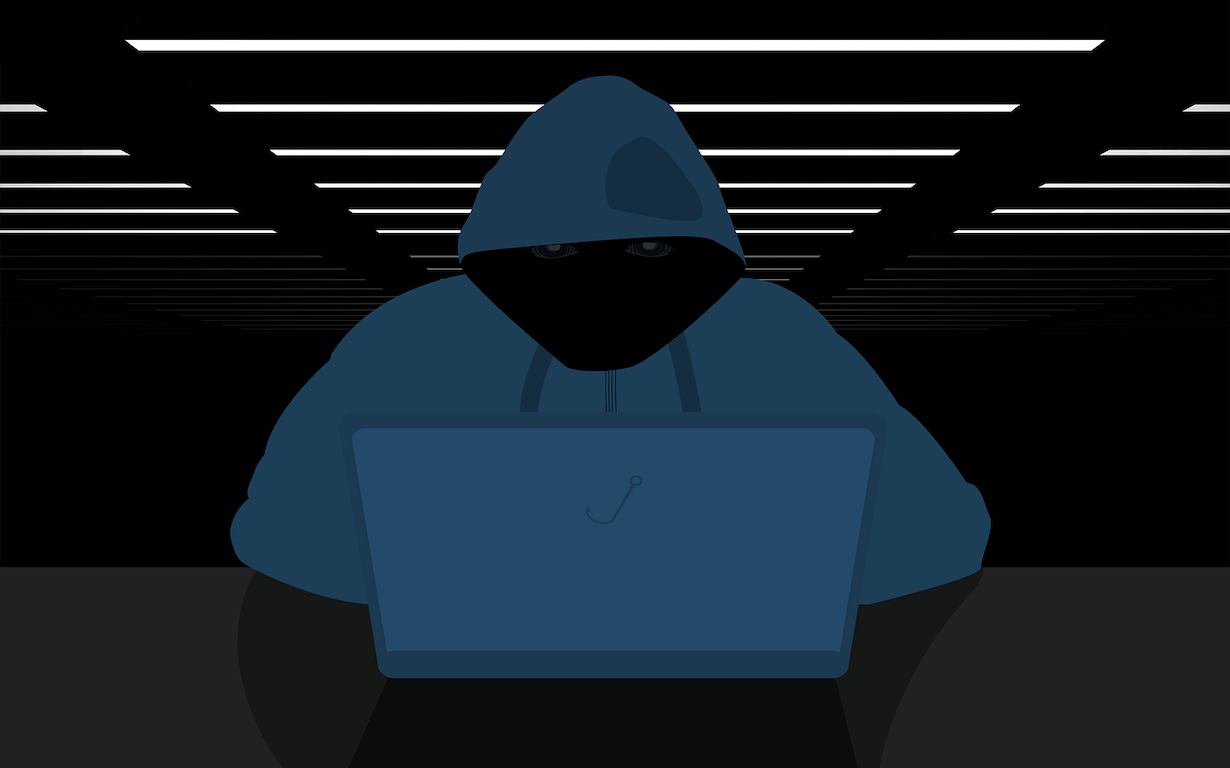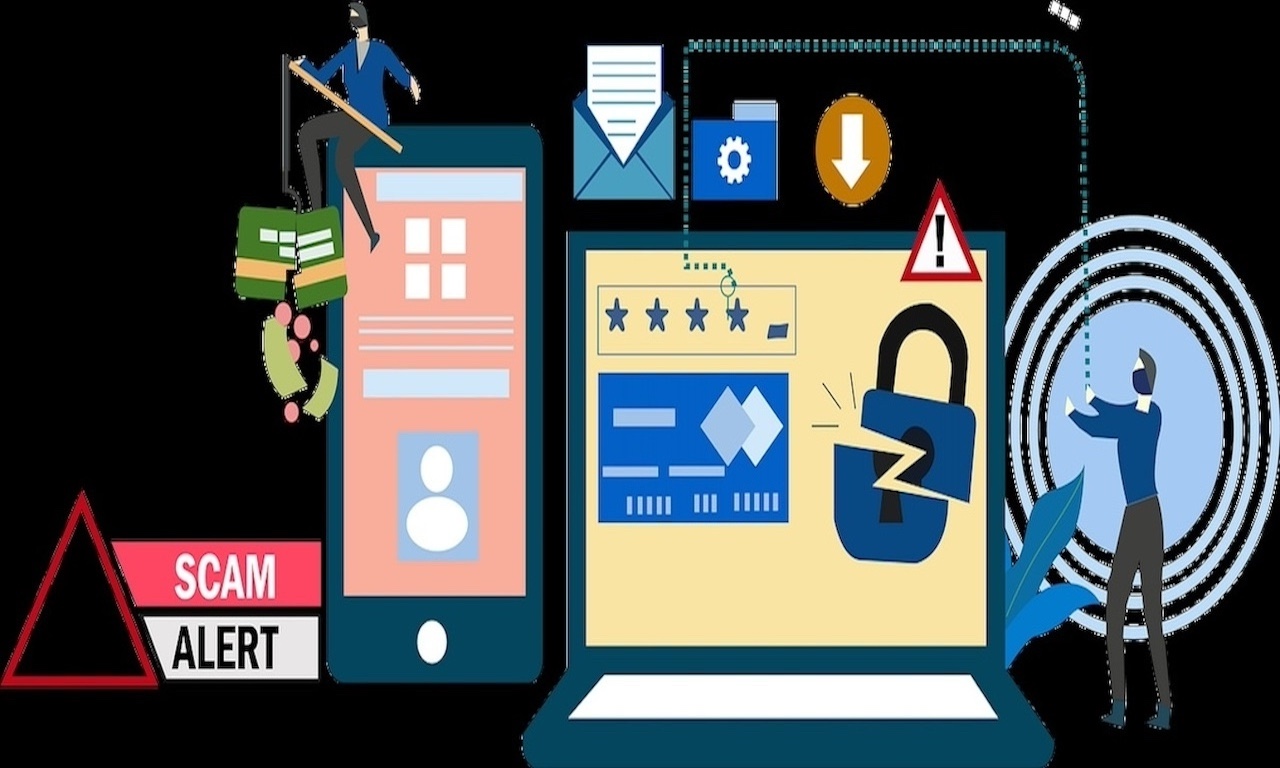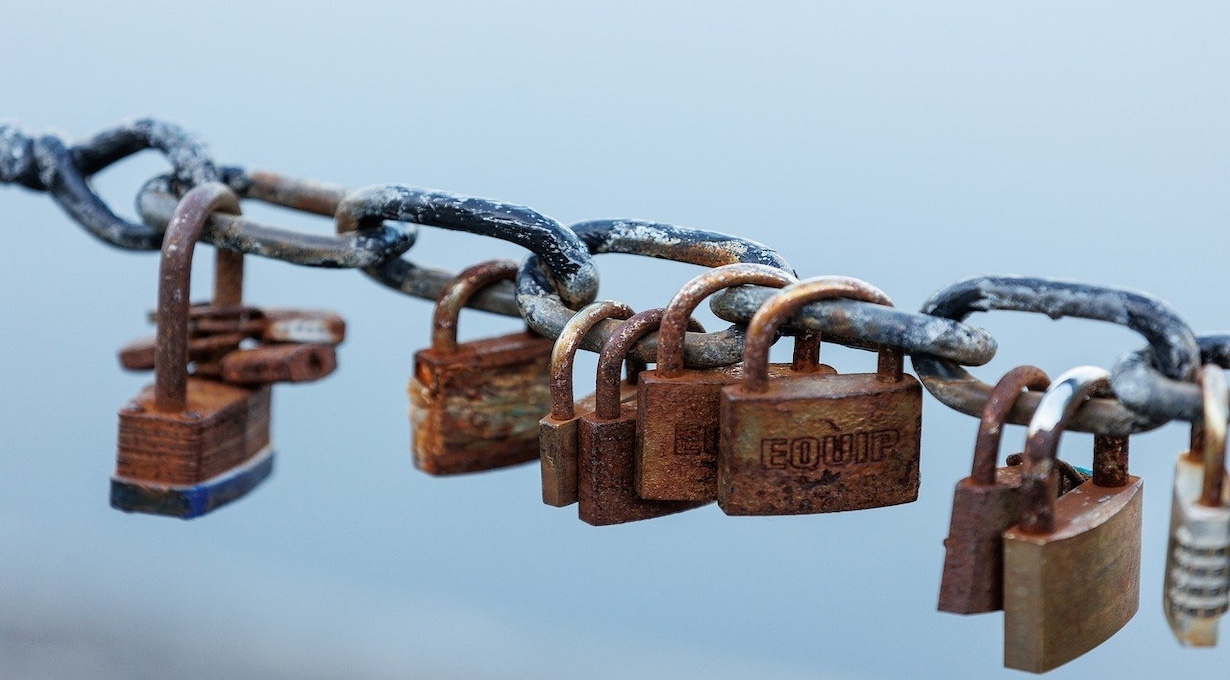11 Tips to Stay Safe Online

- Use Unique and Complex Passwords
Avoid using the same password for multiple accounts. The longer the password, the harder it is to crack. Aim for at least 12 characters.
Don’t just use dictionary words or easily guessable phrases. Combine uppercase and lowercase letters, numbers, and symbols to create a more complex password.
For example:
- P@ssw0rd!sStr0ng (combines uppercase, lowercase, numbers, and symbol)
- EpIcFa1lWhale (uses a memorable phrase with variations)
- /&Th1s1s@Comp1ex!* (uses symbols creatively)
Consider using a password manager. These are secure applications that store your passwords for all your online accounts.
They can generate strong, unique passwords for each account and even autofill them when you log in. Some popular password managers include 1Password, LastPass, and Dashlane.
2. Enable Two-Factor Authentication (2FA)
Two-factor authentication (2FA) strengthens your online security by requiring two verification steps to log in. While passwords are the first hurdle, 2FA adds an extra layer using methods like:
SMS Verification, a unique code sent to your phone via text message, Authentication Apps, these generate time-based codes that change frequently, offering more security than static SMS codes, Biometric Authentication, fingerprint scanning or facial recognition (security relies on the device’s software), Email Verification, less common and less secure, a code is sent to your email that you need to enter with your password.
3. Scrutinize Links and Emails
Don’t click on suspicious links or attachments in emails, even if they appear to be from legitimate sources.
A link might appear legitimate because it uses familiar text or displays a company logo. However, looks can be deceiving.
Hover Over the Link (Without Clicking), Most web browsers allow you to hover your cursor over a link. This displays the actual URL the link leads to in the bottom left corner of the browser window.
Be wary of links where the displayed text and the actual URL don’t match. Phishing attempts often use deceptive link text to lure you in.
Phishing mail, also known as phishing scams or emails, are deceptive emails sent by cybercriminals with the intention of tricking you into revealing personal information or installing malware.
These emails try to manipulate you into believing they are from a legitimate source, such as your bank, credit card company, a popular online service, or even a friend.
4. Beware of Urgent Requests
Phishing attempts often create a sense of urgency to pressure you into acting quickly without thinking critically. Be cautious of emails demanding immediate action or threatening account suspension.
Don’t click on any links within the email. Instead, log in to your account directly through the official website (by typing the URL yourself) or contact the company through a verified phone number to investigate the issue.
5. Software Updates
Security patches are like shields for your software — they act as crucial updates that fix vulnerabilities and weaknesses in a program or system. These vulnerabilities can be exploited by hackers to gain unauthorized access to your device, steal your data, or even install malware.
These vulnerabilities can be accidental errors during development or even intentional backdoors left by malicious actors. Security patches identify and address these vulnerabilities, essentially “patching the holes” that hackers could exploit.
Keep your operating system, web browser, and other software applications updated with the latest security patches.
6. Antivirus and Anti-Malware Software
Antivirus software uses various techniques to identify and block malware threats. It can scan files, emails, and even website traffic in real-time to detect malicious code or patterns associated with known malware.
A core method used by antivirus software is signature-based detection. Antivirus programs maintain a vast database of signatures, which are unique digital fingerprints of known malware.
When the software scans a file, it compares its signature to the database. If a match is found, it flags the file as malware.
Use a reputable antivirus and anti-malware program to protect your devices from malware and other online threats. Keep this software updated as well.
7. Limit Public Information Sharing
Take time to review and adjust the privacy settings on all your social media accounts (Facebook, Twitter, Instagram, etc.).
These settings allow you to control who can see your profile information, posts, and activity.
Be mindful of the information you share on social media and other public platforms. Avoid sharing personal details like your home address, phone number, or birthdate.
8. Privacy Settings
Review and adjust the privacy settings on your social media accounts and other online services. This allows you to control who can see your information and activity.
By taking a proactive approach, you can effectively review and adjust your privacy settings across various online platforms.
You have control over your information online. Taking the time to manage your privacy settings empowers you to decide what you share and with whom.
9. HTTPS Connections
Whenever possible, access websites that use HTTPS encryption. This helps to secure the communication between your device and the website, making it more difficult for hackers to intercept your data.
Look for the padlock icon in your browser’s address bar next to the URL. Websites using HTTPS will also display “https://” at the beginning of the URL instead of just “http://”.
HTTPS is the recommended protocol for secure communication on the web. Whenever you’re entering sensitive information or browsing any website, ensure it uses HTTPS for a secure connection.
10. Public Wi-Fi
Be cautious when using public Wi-Fi networks. Avoid accessing sensitive information like bank accounts or online banking while on public Wi-Fi.
If you absolutely must access sensitive information, consider using your cellular data network instead of public Wi-Fi.
Consider using a virtual private network (VPN) for added security when on public networks.
11. Use Virtual Private Network(VPN)
A VPN encrypts all your internet traffic, creating a secure tunnel between your device and the VPN server. This encryption makes it much harder for anyone snooping on the network to intercept your data.
Choose a Reputable VPN Provider, there are many VPN services available, so choose a reputable provider with a strong security track record.
Free VPNs may not offer the same level of security or reliability as paid options.
Recommended Posts

Malware, short for malicious software, a term encompassing malicious software, has been a persistent threat since the dawn of the digital age.
Read More

How to Detect Phishing Attacks. Learn top 10 tips to spot phishing emails and protect yourself from online scams.
Read More

Supply chain attacks are cyberattacks that target the weak links in an organization's supply chain, rather than going after the organization itself.
